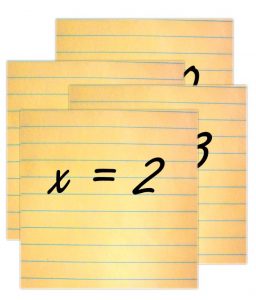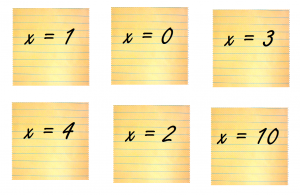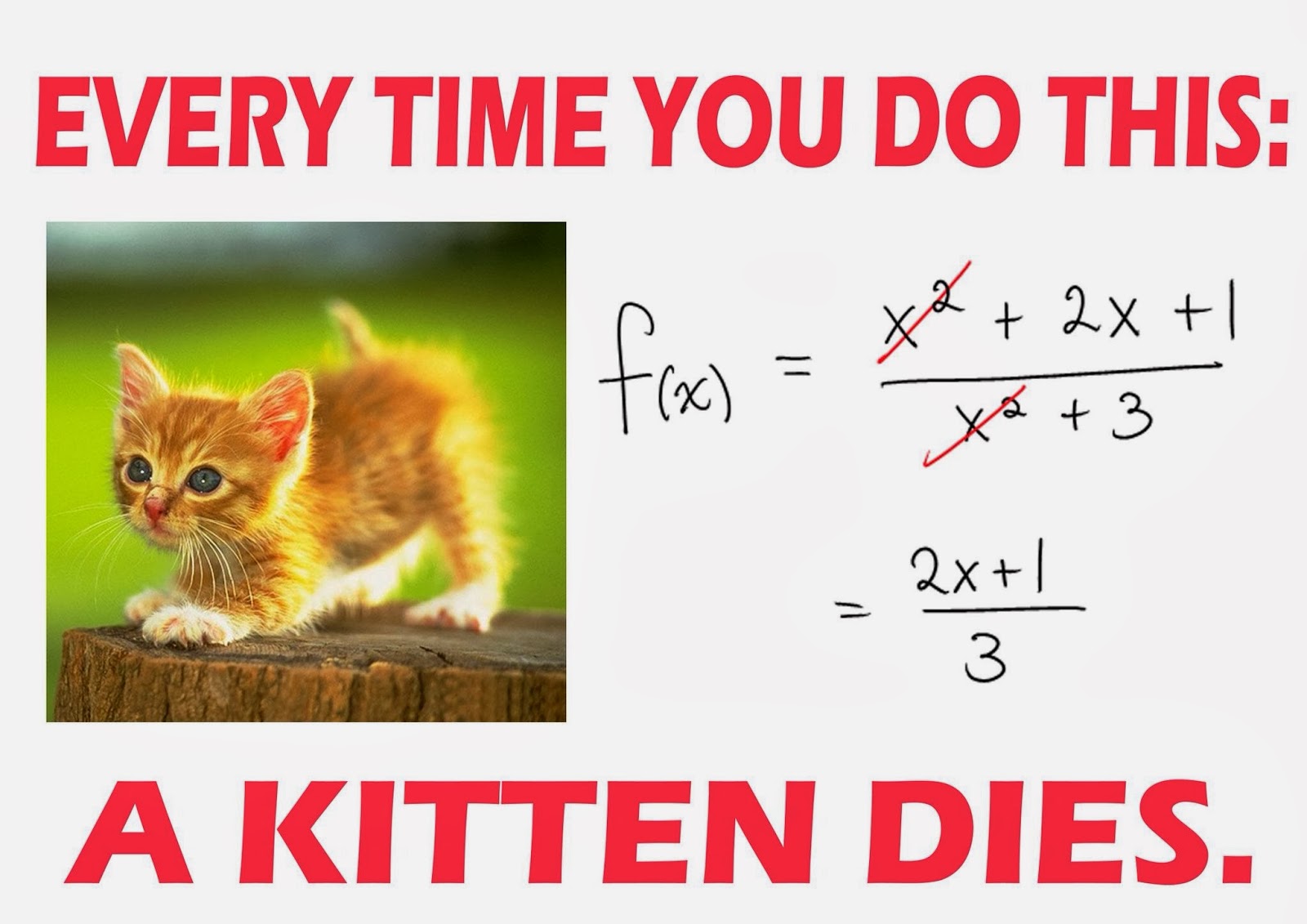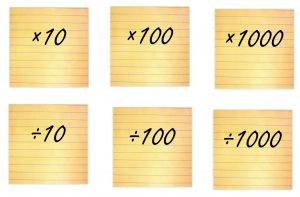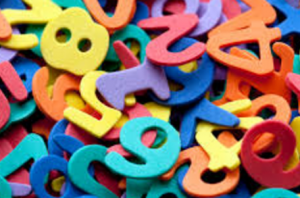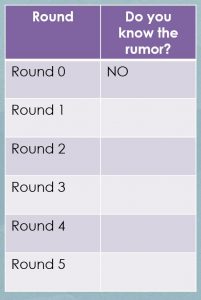Ugh, who doesn’t hate finals? It’s so stressful for all of us, students and professors alike. It’s time to bring in a a game to lighten things up!
Here we are at
THE FINISH LINE!!
Make a line on the board like this: 
I’m assuming you have a test review sheet you’ve made up or something the department has given out. (See below if you don’t.)
Put students in groups!
Every time a group gets 4 correct (or some other amount you determine) on the test review sheet, they role a die to see how many squares they advance along the line you put up on the board.
Take note: rolling the die is our secret ingredient to making it more random and therefore more game-like! You don’t have a die??? Get one! They have them at bodegas everywhere! OR download a virtual die app to your phone! OR have them pull out a number from one to 6 (or whatever) that you have in a hat. Or a bag!
This is less time intensive than creating your own PowerPoint Jeopardy, and just as fun. You will be amazed at how suddenly focused your students are. And there isn’t even a prize! (If asked, you can say “The prize is you do awesomely on the final!”)
What if you don’t have a review sheet?
Have students get together in pairs. Together, they make a question they think will be on the final, then figure out the answer. Then ask them to ut the question (VERY BIG) on one piece of paper and the answer (VERY BIG) on a different piece of paper. Urge them to disguise their handwriting so it’s tougher to figure out which question and answer match. OR have them write two similar questions and two similar answers. Or Both!
Tape all the questions to one side of the board and all the answers to the other side! Challenge students to find the matches!!
This is so much fun!! Your students will be so much happier! And productive! And ready for finals.
But then you have to grade them. 🙁
Maybe we should make an exam grading game. 😉


 Do NOT Open the envelope until you have solved the problem!
Do NOT Open the envelope until you have solved the problem!
